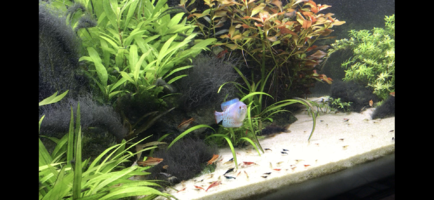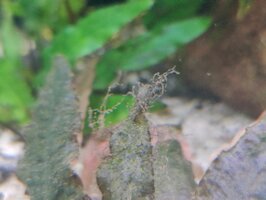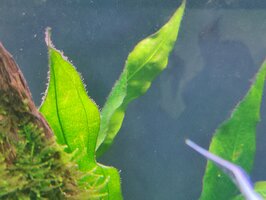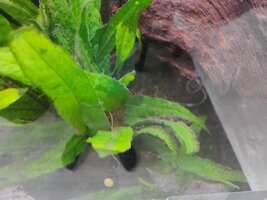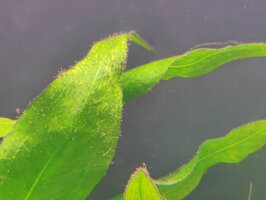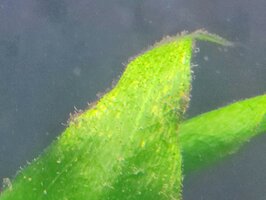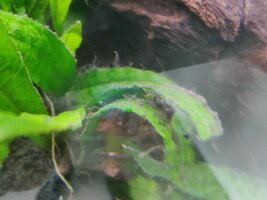Staghorn algae, IMO, is most often associated with organic pollution. I've only ever personally seen it when the tank needed a clean and/or the flow wasn't correctly sweeping everything to the filter intake.
I've also seen it when grossly overdosing liquid microbial products - I had put large amounts of Seachem's 'stability' in the tank early on, mainly because I was inexperienced and assumed that the extra bacteria would be beneficial. I now assume that the excess bacteria just died off and contributed to a massive algae bloom. I even squirted the product over some Sieryu stone in order to inoculate it, and very thick clumps of staghorn grew in the exact spots that I squirted the bacteria. This, to me, is evidence that organics play a key role in staghorn algae. I've also seen it when my flow has been suboptimal, with organics collecting on the sand. Once the flow was properly directed to the filter, that particular area of staghorn stopped growing.
I would try a good clean up - when you next do maintenance, replace at least 50% of the tank water. Use a gravel vacuum to brush over the substrate and all the plant leaves - it can also help to use your hands to gently rub the larger leaves to get rid of anything settled on them. Double check your flow to make sure there are no deadspots where organic material is settling (it should be being swept to the filter). Also give the filters and pipes a good clean. I would also double check your CO2's stability, because unhealthy plants will themselves eject organics in to the water column.
Edit: I found a picture of my first tank, with these big staghorn blooms




